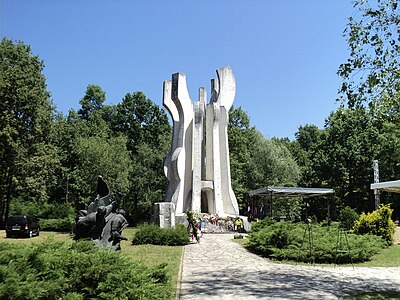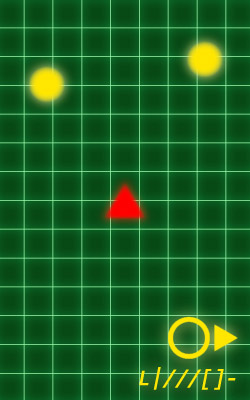
Search
Sisak-Moslavina County

Sisak-Moslavina County (Croatian: Sisačko-moslavačka županija) is a Croatian county in eastern Central Croatia and southwestern Slavonia. It is named after the city of Sisak and the region Moslavina just across the river Sava. According to 2021 census, it is inhabited by 141,000 people.
This county contains the ancient Roman city of Siscia—today's Sisak. Siscia was the largest city of the region back then, a Pannonian capital, likely due to its position on the confluence of the Kupa and Sava rivers. The city's patron saint is its first Christian bishop, St. Kvirin, who was tortured and almost killed during Diocletian's persecution of Christians. Legend has it that they tied him to a millstone and threw him into a river, but he freed himself from the weight, escaped and continued to preach his faith.
The town may have lost importance with the fall of one empire, but it recovered it soon enough with the rise of another: Sisak became famous for crucial battles between European armies and the Ottoman Turks. In particular, the battle of 1593 when the Ottoman army first suffered a large defeat. The ban Toma Bakač Erdedi who led the defense in this battle became famous throughout Europe.
Today, Sisak features the largest Croatian metallurgic factory (supported by the University of Zagreb's Faculty of Metallurgy also in the city) and the largest oil refinery. These are coupled with the petrochemical facilities in the nearby town of Kutina, the first recorded mention of which was in 1256 by king Béla IV. Moslavina is probably the most picturesque part of this county, with the natural park Lonjsko polje near the rivers Lonja, Ilova and Pakra.
This county also extends far to the south, bordering Bosnia. In this southern part of the county, one can find the small town of Topusko, which boasts one of the spas typical of Central Croatia, although this one's seniority stands out because it dates back to the neolithic age.
Sisak-Moslavina County borders Karlovac County in the west, Zagreb County in the north, Bjelovar-Bilogora County and Požega-Slavonia County in the northeast, and Brod-Posavina County in the east.
Administrative division
Sisak-Moslavina county is subdivided as follows:
Demographics
As of the 2021 census, the county had 140,549 residents. The population density is 31 people per km2.
Croats form the majority with 82.4% of the population, followed by ethnic Serbs at 12.2%.
Politics
Minority councils and representatives
Directly elected minority councils and representatives are tasked with consulting tasks for the local or regional authorities in which they are advocating for minority rights and interests, integration into public life and participation in the management of local affairs. At the 2023 Croatian national minorities councils and representatives elections Bosniaks, Roma and Serbs of Croatia all fulfilled legal requirements to elect their own 25-member minority councils of the Sisak-Moslavina County while Czechs, Slovaks, Italians and Ukrainians of Croatia were electing individual representatives with representative of the Albanians of Croatia remaining unelected due to the absence of candidatures. Some municipalities, towns or cities in the county elected their own local minority councils as well.
See also
- Roman Catholic Diocese of Sisak
- Serbian Orthodox Eparchy of Gornji Karlovac
- Serbian Orthodox Eparchy of Slavonia
References
External links
- Official website (in Croatian)
Text submitted to CC-BY-SA license. Source: Sisak-Moslavina County by Wikipedia (Historical)
Owlapps.net - since 2012 - Les chouettes applications du hibou





